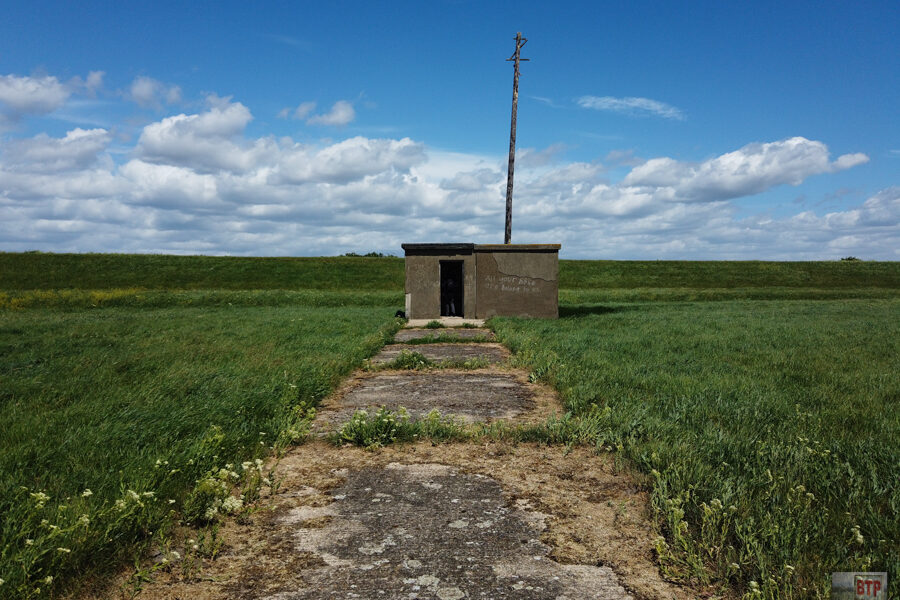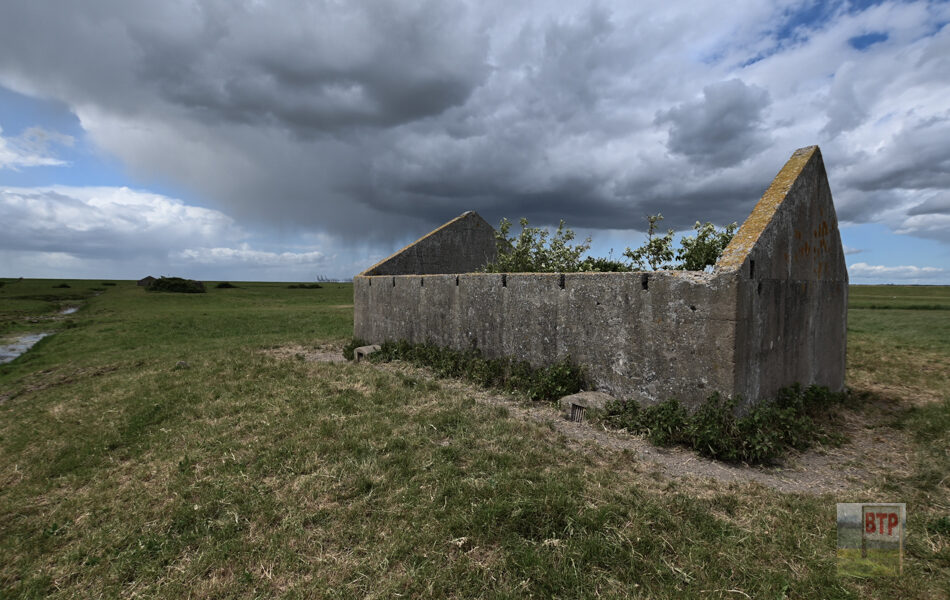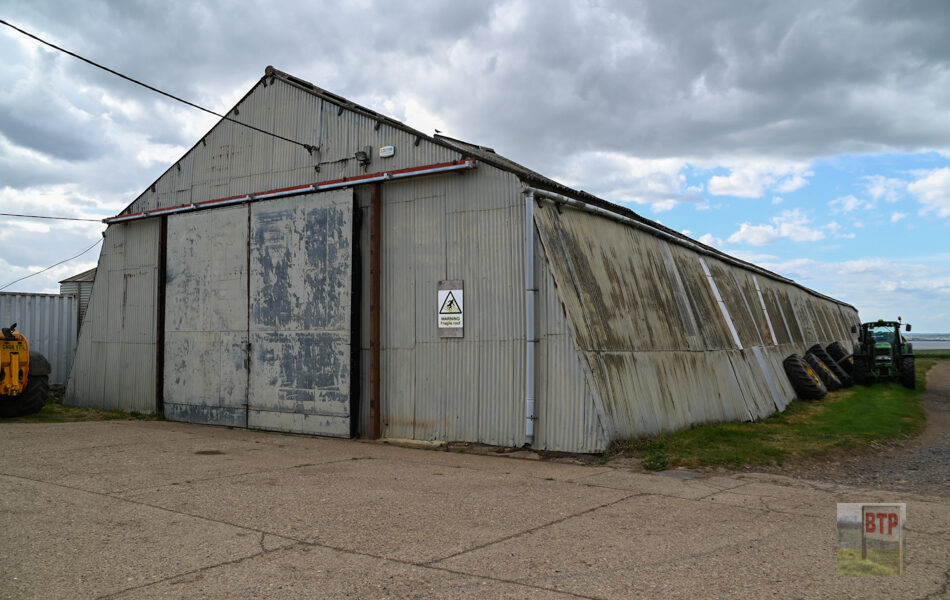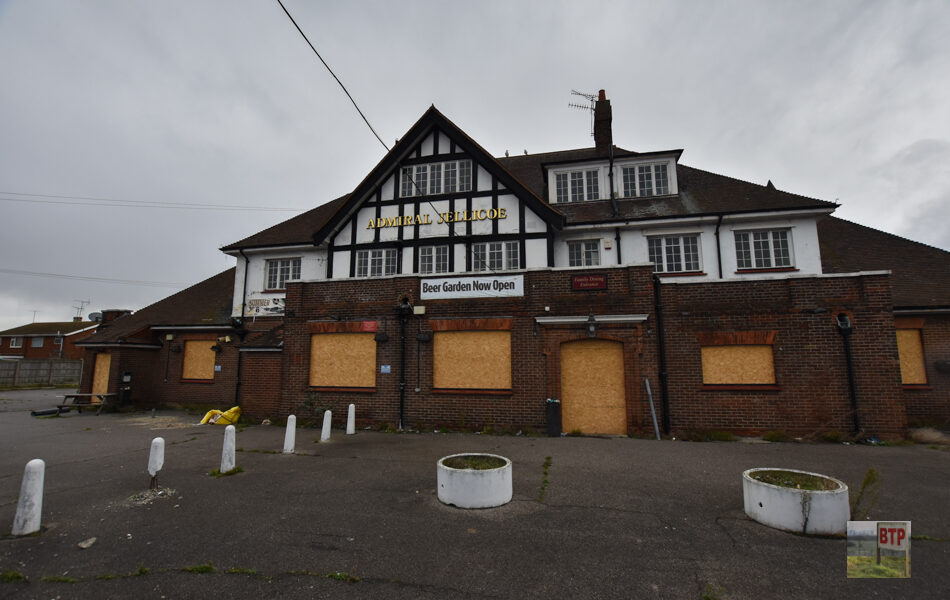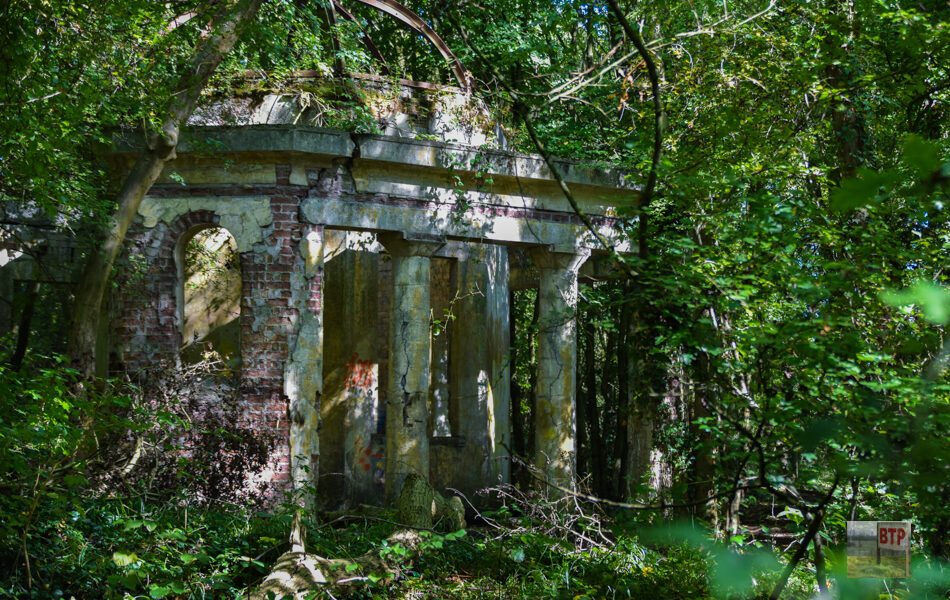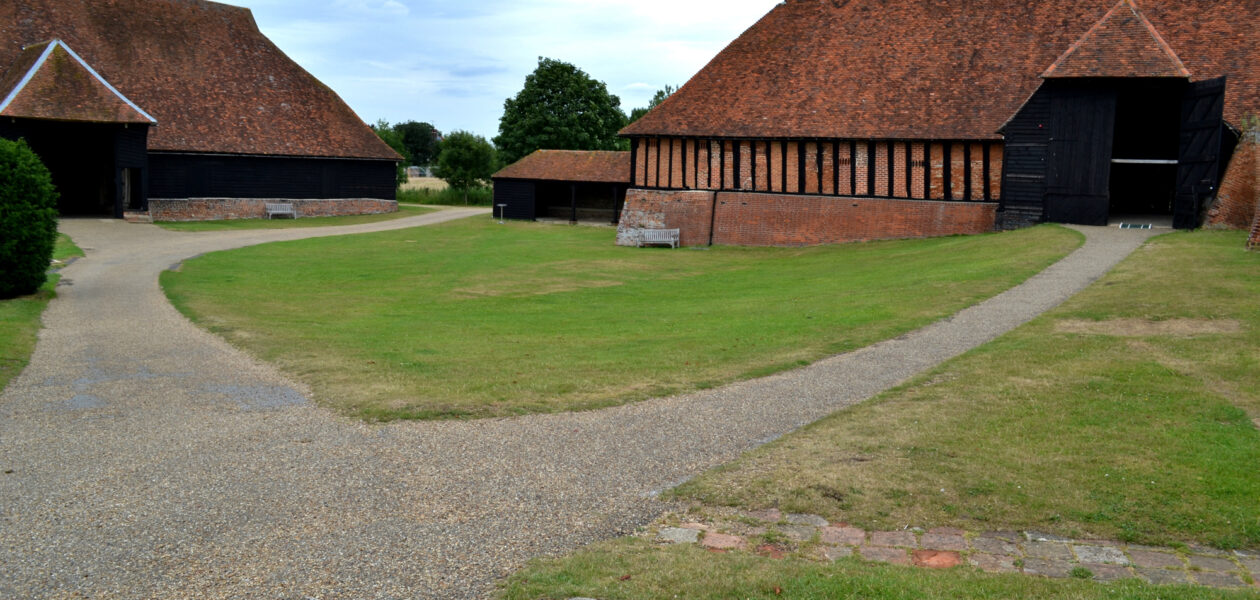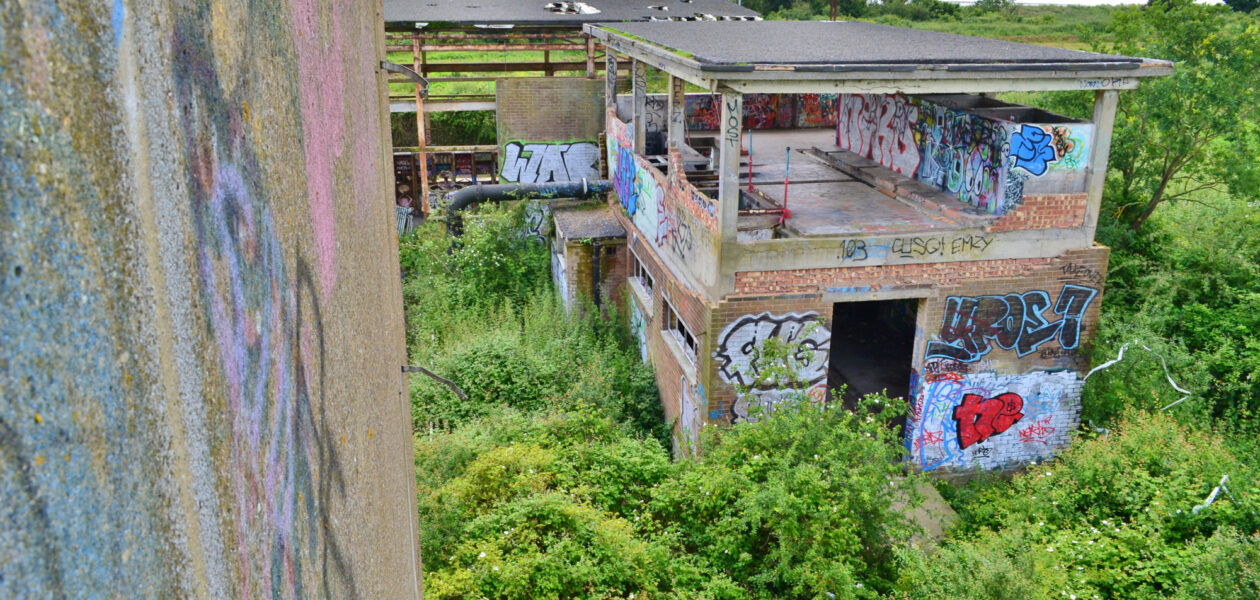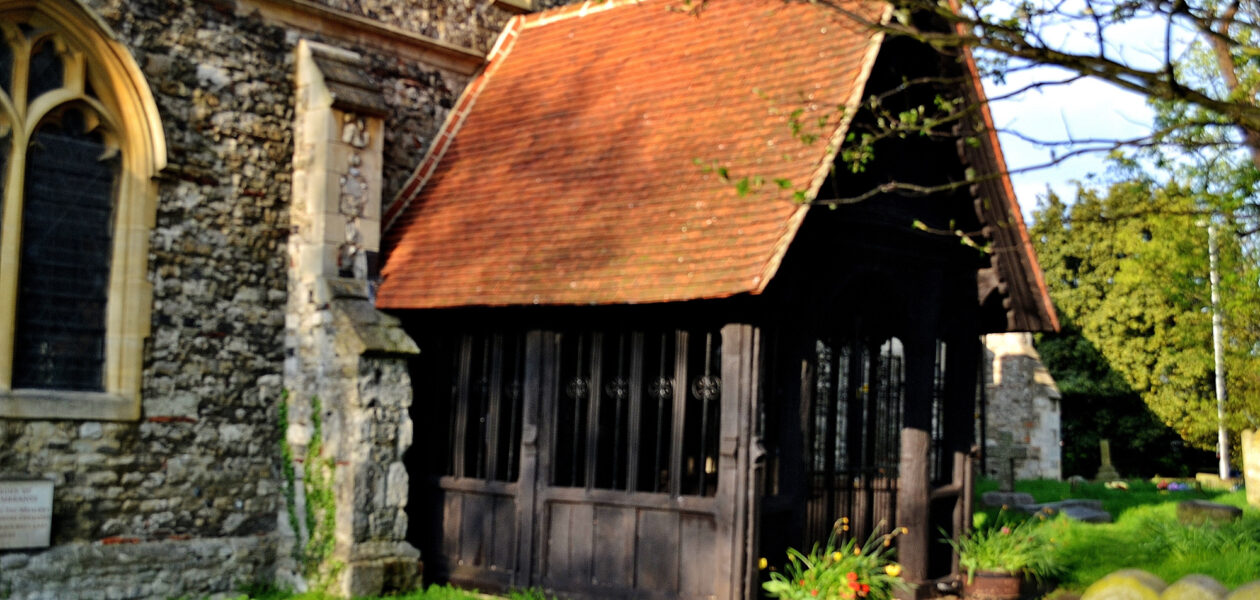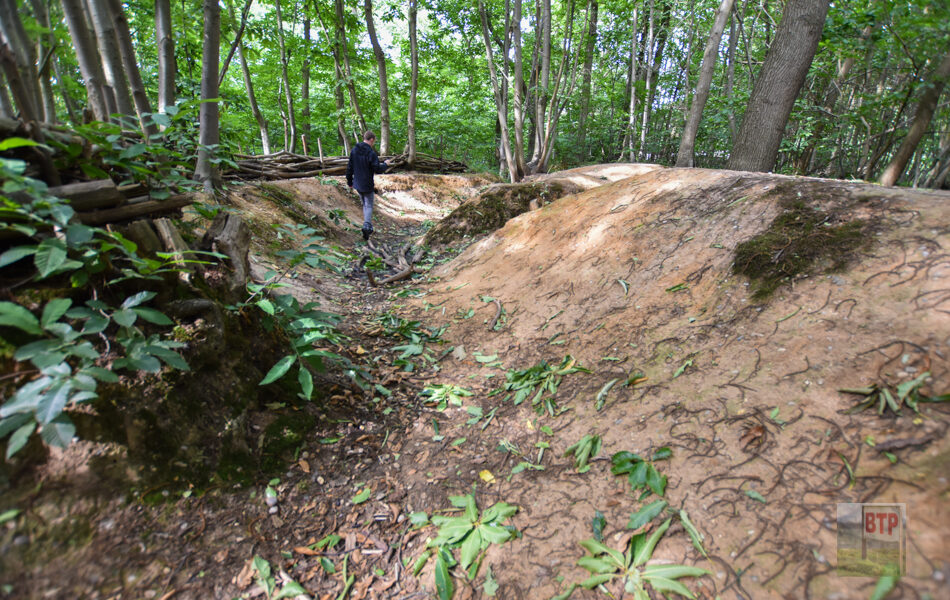Canvey to Hoo Inner Thames Boom
In the Second World War, access to the River Thames was controlled by two defensive ‘booms’. The first at its very mouth ran from Shoeburyness to Sheerness, whilst the second lesser-known but still substantial boom ran from Scars Elbow Battery on Canvey Island to St. Mary’s Bay in Kent. This was a kind of floating…
View More
